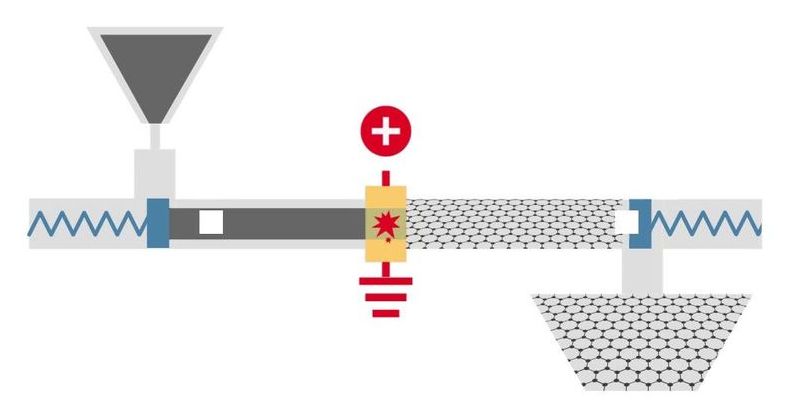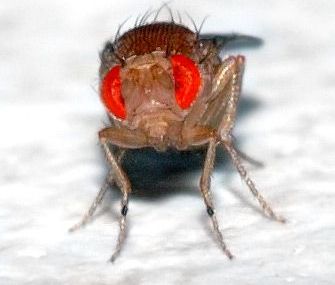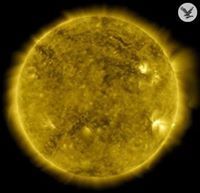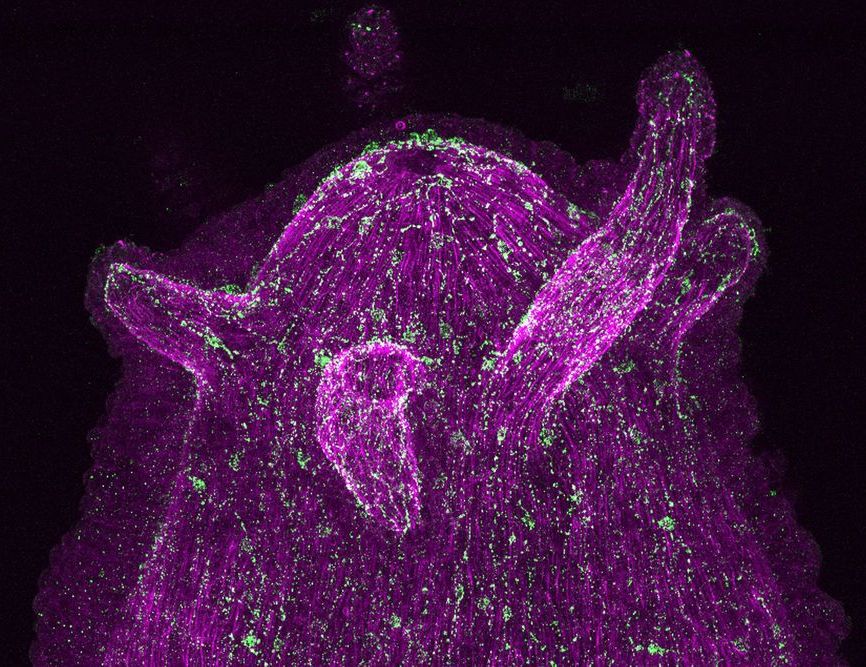Page 6331
Jul 10, 2020
Vollebak Ceramic Clothing System
Posted by Quinn Sena in categories: military, particle physics
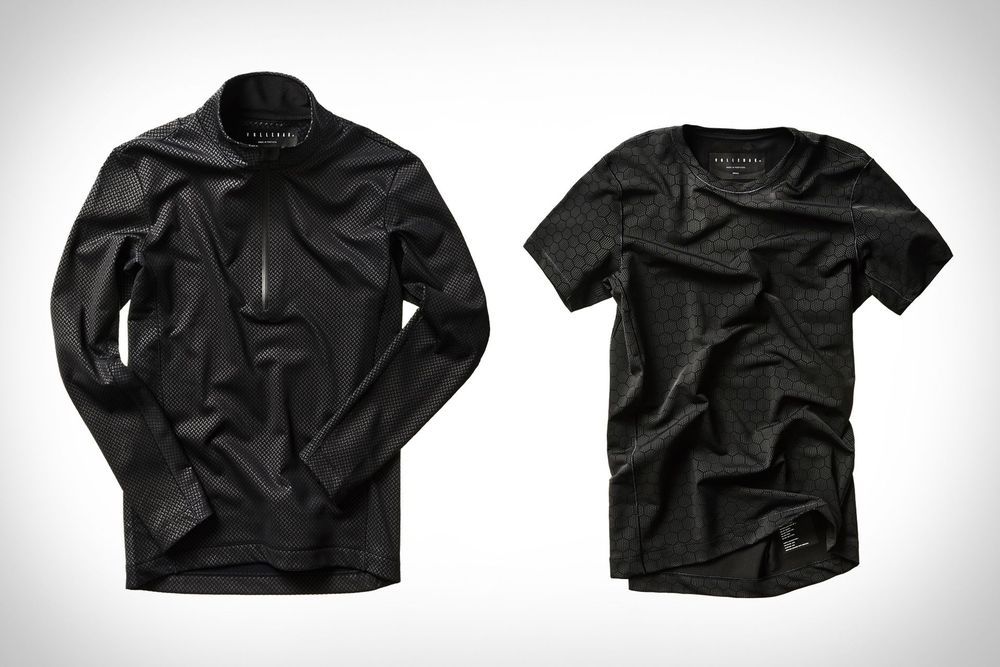
Designed with former elite military operatives, the Ceramic Clothing System from Vollebak is as hardcore as any extreme conditions you might encounter. It boasts a three-part layering system that is the first in the world to use ceramic technology to make their T-Shirt, Baselayer, and Midlayer. All three are abrasion resistant yet soft, stretchy, breathable and as comfy as your favorite sports clothing. And each Ceramic layer is embedded with over 100,000 particles that can’t be scratched off or washed away.
Jul 10, 2020
Photo-rechargeable zinc-ion devices merge solar cell and battery tech
Posted by Quinn Sena in categories: solar power, sustainability
Scientists have made a battery that can be directly charged in sunlight without needing an external solar panel. Clever design of the battery electrodes facilitates photo-rechargeable zinc-ion batteries that could find applications as cheap devices for off-grid solar farms.
Solar energy is often stored in rechargeable batteries for later use. Currently, this process requires separate solar cells to harvest the energy, and batteries to store it. Now, a team led by Michael De Volder from the University of Cambridge in the UK has engineered a battery cathode that can take the place of the solar cell and recharge the battery without requring an external energy harvester.
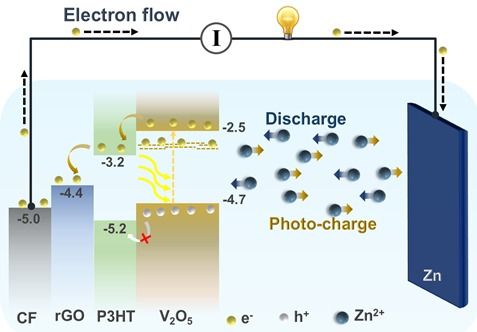
Jul 10, 2020
Comet streaking past Earth, providing spectacular show
Posted by Quinn Sena in category: space
CAPE CANAVERAL, Fla. (AP) — A newly discovered comet is streaking past Earth, providing a stunning nighttime show after buzzing the sun and expanding its tail.
Comet Neowise swept within Mercury’s orbit a week ago. Its close proximity to the sun caused dust and gas to burn off its surface and create an even bigger debris tail. Now the comet is headed our way, with closest approach in two weeks.
NASA’s Neowise infrared space telescope discovered the comet in March.
Jul 10, 2020
Scientists may have found one path to a longer life
Posted by Kevin Huang in categories: biotech/medical, life extension
Scientists at USC Dornsife College of Letters, Arts and Sciences may have found the beginnings of a path toward increasing human lifespan.
The research, published July 10 by the Journal of Gerontology: Biological Sciences, shows the drug mifepristone can extend the lives of two very different species used in laboratory studies, suggesting the findings may apply to other species, including human beings.
Jul 10, 2020
China Can Now Enforce Its “Brave New World” Tyranny
Posted by Lola Heavey in category: surveillance
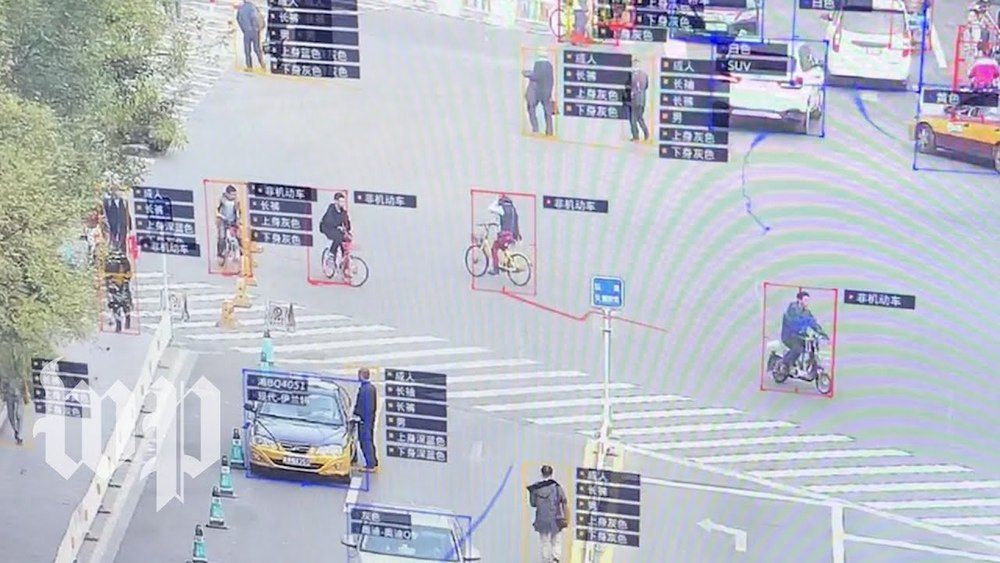
Anyone here comfortable with these levels of surveillance?
Such mercantile tactics are alleged, practices which have been able to undercut prices against those of the products of legitimately operating free market companies here in the US and elsewhere!
Continue reading “China Can Now Enforce Its ‘Brave New World’ Tyranny” »
Jul 10, 2020
The Pentagon’s AI director talks killer robots, facial recognition, and China
Posted by Kelvin Dafiaghor in categories: military, robotics/AI
The Pentagon’s Joint AI Center is working on lethal “tactical edge AI,” but is not working on facial recognition, said JAIC director Nand Mulchandani.
Jul 10, 2020
Navy SEAL who oversaw bin Laden raid says America’s biggest national security issue is the K-12 education system
Posted by Kelvin Dafiaghor in categories: education, security
Do you agree Eric Klien?
The US needs an education system that informs students about the world around them, retired Navy Adm. William McRaven said.
Jul 10, 2020
Incredible timelapse footage shows 10 years of the sun
Posted by Alberto Lao in category: futurism
Jul 10, 2020
Researchers study if nerve cells evolved to talk to microbes
Posted by Xavier Rosseel in categories: biotech/medical, evolution, genetics, neuroscience
Various diseases of the digestive tract, for example severe intestinal inflammation in humans, are closely linked to disturbances in the natural mobility of the intestine. What role the microbiome—i.e. the natural microbial community colonizing the digestive tract—plays in these rhythmic contractions of the intestine, also known as peristalsis, is currently the subject of intensive research. It is particularly unclear how the contractions are controlled and how the cells of the nervous system, that act as pacemakers, function together with the microorganisms.
A research team from the Cell and Developmental Biology group at Kiel University has now succeeded in demonstrating for the first time, using the freshwater polyp Hydra as an example, that phylogenetically old neurons and bacteria actually communicate directly with each other. Surprisingly, they discovered that the nerve cells are able to cross-talk with the microorganisms via immune receptors, i.e., to some extent with the mechanisms of the immune system.
On this basis, the scientists of the Collaborative Research Center (CRC) 1182 “Origin and Function of Metaorganisms” formulated the hypothesis that the nervous system has not only taken over sensory and motor functions from the onset of evolution, but is also responsible for communication with the microbes. The Kiel researchers around Professor Thomas Bosch published their results together with international colleagues today in the journal Proceedings of the National Academy of Sciences (PNAS).
